DIY pest control: the words might conjure images of complicated contraptions and questionable chemicals, but fear not, fellow garden enthusiasts! I’m here to tell you that keeping unwanted critters away from your precious plants can be surprisingly simple, effective, and even fun.
For centuries, gardeners have been battling bugs and other pests, long before the advent of commercial pesticides. Think about it – our grandparents and great-grandparents relied on ingenuity and readily available natural resources to protect their harvests. These time-tested methods, passed down through generations, are not only eco-friendly but also incredibly empowering. They connect us to a rich history of resourcefulness and a deeper understanding of the natural world.
Why should you embrace DIY pest control? Well, for starters, it’s gentler on the environment and safer for your family and pets. Plus, let’s be honest, those store-bought solutions can be expensive! But more importantly, learning to manage pests naturally allows you to create a thriving, balanced ecosystem in your backyard. Imagine a garden where beneficial insects flourish, keeping the harmful ones in check – a true testament to your green thumb. In this article, I’ll share some of my favorite tried-and-true DIY pest control tricks and hacks that will help you keep your garden healthy and productive, without breaking the bank or harming the planet. Get ready to roll up your sleeves and get your hands dirty!
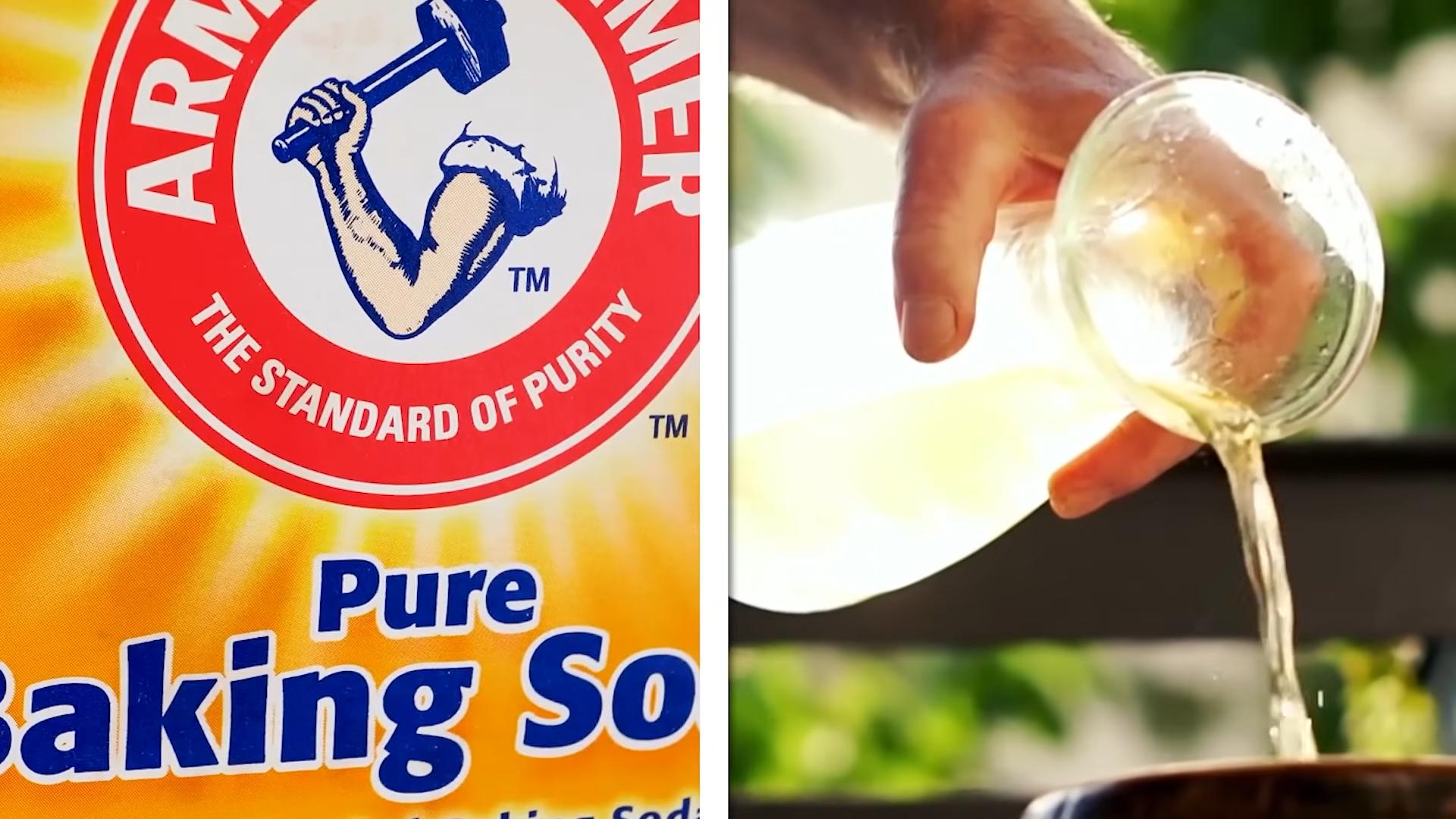
DIY Pest Control: Taking Back Your Home, Naturally!
Okay, let’s face it, nobody likes sharing their home with unwanted guests – especially the creepy-crawly kind! Store-bought pest control can be expensive and often packed with chemicals I’d rather not expose my family and pets to. So, I’ve spent years experimenting with natural and DIY solutions, and I’m excited to share my favorite and most effective methods with you. Get ready to say goodbye to those pesky pests without breaking the bank or compromising your health!
Understanding Your Enemy: Identifying Common Household Pests
Before we dive into the DIY solutions, it’s crucial to know what you’re dealing with. Different pests require different approaches. Here’s a quick rundown of some common household invaders:
* **Ants:** These little guys are attracted to food and water. You’ll often see them marching in a line towards a sweet treat or a leaky faucet.
* **Cockroaches:** These nocturnal creatures thrive in warm, humid environments and are attracted to food scraps and clutter.
* **Spiders:** While some spiders are beneficial (they eat other insects!), others can be a nuisance or even dangerous.
* **Mice:** These rodents are looking for food, water, and shelter, and they can cause significant damage to your home.
* **Fruit Flies:** These tiny flies are attracted to ripe or rotting fruits and vegetables.
* **Mosquitoes:** These biting insects are a common nuisance, especially during the warmer months.
Once you’ve identified your unwelcome guests, you can tailor your pest control strategy accordingly.
Section 1: Natural Repellents and Deterrents
This section focuses on preventing pests from entering your home in the first place. These methods are generally safe, effective, and easy to implement.
Peppermint Power: Repelling Ants and Spiders
Peppermint oil is a natural repellent that ants and spiders absolutely hate. The strong scent disrupts their scent trails, making it difficult for them to navigate.
**What You’ll Need:**
* Peppermint essential oil
* Water
* Spray bottle
* Cotton balls (optional)
**Step-by-Step Instructions:**
1. **Create the Peppermint Spray:** In a spray bottle, mix 10-15 drops of peppermint essential oil with 1 cup of water. Shake well to combine.
2. **Spray Problem Areas:** Spray the mixture around doorways, windowsills, baseboards, cracks, and crevices – anywhere you’ve seen ants or spiders.
3. **Saturate Cotton Balls (Optional):** For extra protection, soak cotton balls in peppermint oil and place them in areas where pests are likely to enter, such as under sinks or in closets.
4. **Repeat Regularly:** Reapply the spray every few days, or as needed, especially after cleaning.
Vinegar Victory: A Multi-Purpose Pest Deterrent
Vinegar, especially white vinegar, is a fantastic all-around cleaner and pest deterrent. Its strong acidic smell repels ants, fruit flies, and even some spiders.
**What You’ll Need:**
* White vinegar
* Water
* Spray bottle
**Step-by-Step Instructions:**
1. **Dilute the Vinegar:** Mix equal parts white vinegar and water in a spray bottle.
2. **Spray Surfaces:** Spray countertops, sinks, floors, and other surfaces where you’ve seen pests.
3. **Wipe Down Regularly:** Use the vinegar solution to clean your kitchen and bathroom regularly. This will not only deter pests but also help to disinfect surfaces.
4. **Fruit Fly Trap (Bonus):** Pour a small amount of vinegar into a bowl and add a few drops of dish soap. The soap breaks the surface tension of the vinegar, causing the fruit flies to drown.
Citrus Zest: Keeping Moths and Other Insects Away
Citrus peels, like lemon, orange, and grapefruit, contain oils that repel moths, ants, and other insects.
**What You’ll Need:**
* Citrus peels (lemon, orange, grapefruit)
* Cheesecloth or small breathable bags (optional)
**Step-by-Step Instructions:**
1. **Dry the Peels:** Dry the citrus peels completely. You can do this by leaving them out in the sun for a few days or by baking them in a low oven (around 200°F) for a couple of hours.
2. **Place the Peels:** Place the dried peels in closets, drawers, and other areas where you want to repel pests.
3. **Create Sachet (Optional):** For a more aesthetically pleasing option, place the dried peels in cheesecloth bags or small breathable bags.
4. **Replace Regularly:** Replace the peels every few weeks, as the scent will fade over time.
Section 2: DIY Traps and Baits
Sometimes, simply repelling pests isn’t enough. You need to actively trap and eliminate them. These DIY traps and baits are effective and often use ingredients you already have at home.
Boric Acid Bait: Eliminating Ants and Cockroaches
Boric acid is a naturally occurring mineral that is toxic to insects. When ants or cockroaches ingest it, it disrupts their digestive system and eventually kills them.
Important Note: Boric acid can be harmful if ingested by humans or pets. Keep it out of reach of children and animals.
**What You’ll Need:**
* Boric acid powder
* Sugar (for ants) or flour (for cockroaches)
* Water
* Small containers (e.g., bottle caps, jar lids)
**Step-by-Step Instructions:**
1. **Mix the Bait:** For ants, mix 1 teaspoon of boric acid with 1 tablespoon of sugar and 1 tablespoon of water. For cockroaches, mix 1 teaspoon of boric acid with 1 tablespoon of flour and 1 tablespoon of water.
2. **Place the Bait:** Place small amounts of the bait in shallow containers and set them in areas where you’ve seen ants or cockroaches.
3. **Monitor and Replenish:** Check the bait stations regularly and replenish them as needed. It may take a few days or weeks to see results.
4. **Clean Up:** Once the pest problem is under control, clean up any remaining bait and dispose of it properly.
Dish Soap and Water Trap: Catching Fruit Flies
This simple trap is incredibly effective at catching fruit flies. The sweet scent attracts them, and the dish soap breaks the surface tension of the water, causing them to drown.
**What You’ll Need:**
* Apple cider vinegar or red wine vinegar
* Dish soap
* Small jar or bowl
**Step-by-Step Instructions:**
1. **Fill the Jar:** Pour a small amount of apple cider vinegar or red wine vinegar into the jar or bowl.
2. **Add Dish Soap:** Add a few drops of dish soap to the vinegar.
3. **Place the Trap:** Place the trap near where you’ve seen fruit flies, such as on the kitchen counter or near a fruit bowl.
4. **Observe and Empty:** Check the trap regularly and empty it as needed.
Baking Soda and Sugar Bait: A Roach Killer
Baking soda reacts with the stomach acid of roaches, producing gas that they cannot expel, leading to their demise. The sugar acts as the attractant.
**What You’ll Need:**
* Baking soda
* Sugar
* Shallow dish or container
**Step-by-Step Instructions:**
1. **Mix the Bait:** Combine equal parts baking soda and sugar in the shallow dish.
2. **Place the Bait:** Sprinkle the mixture in areas where you’ve seen roaches, such as under sinks, behind appliances, and in dark corners.
3. **Monitor and Replenish:** Check the bait regularly and replenish as needed.
Section 3: Prevention is Key: Long-Term Pest Control Strategies
While these DIY solutions can be effective, the best way to control pests is to prevent them from entering your home in the first place. Here are some long-term strategies to keep your home pest-free:
* **Seal Cracks and Crevices:** Inspect your home for cracks and crevices in the foundation, walls, and around windows and doors. Seal these openings with caulk or weather stripping to prevent pests from entering.
* **Maintain a Clean Home:** Clean up food spills and crumbs immediately. Store food in airtight containers. Regularly clean your kitchen and bathroom to remove potential food sources and breeding grounds.
* **Eliminate Standing Water:** Mosquitoes breed in standing water. Eliminate any sources of standing water around your home, such as in flower pots, bird baths, and gutters.
* **Keep Your Yard Clean:** Trim bushes and trees away from your house to prevent pests from using them as a bridge to enter your home. Remove piles of leaves and debris, which can provide shelter for pests.
* **Proper Garbage Disposal:** Ensure your garbage cans have tight-fitting lids and are emptied regularly. Clean your garbage cans periodically to remove food residue.
* **Inspect Items Before Bringing Them Inside:** Check grocery bags, boxes, and other items for
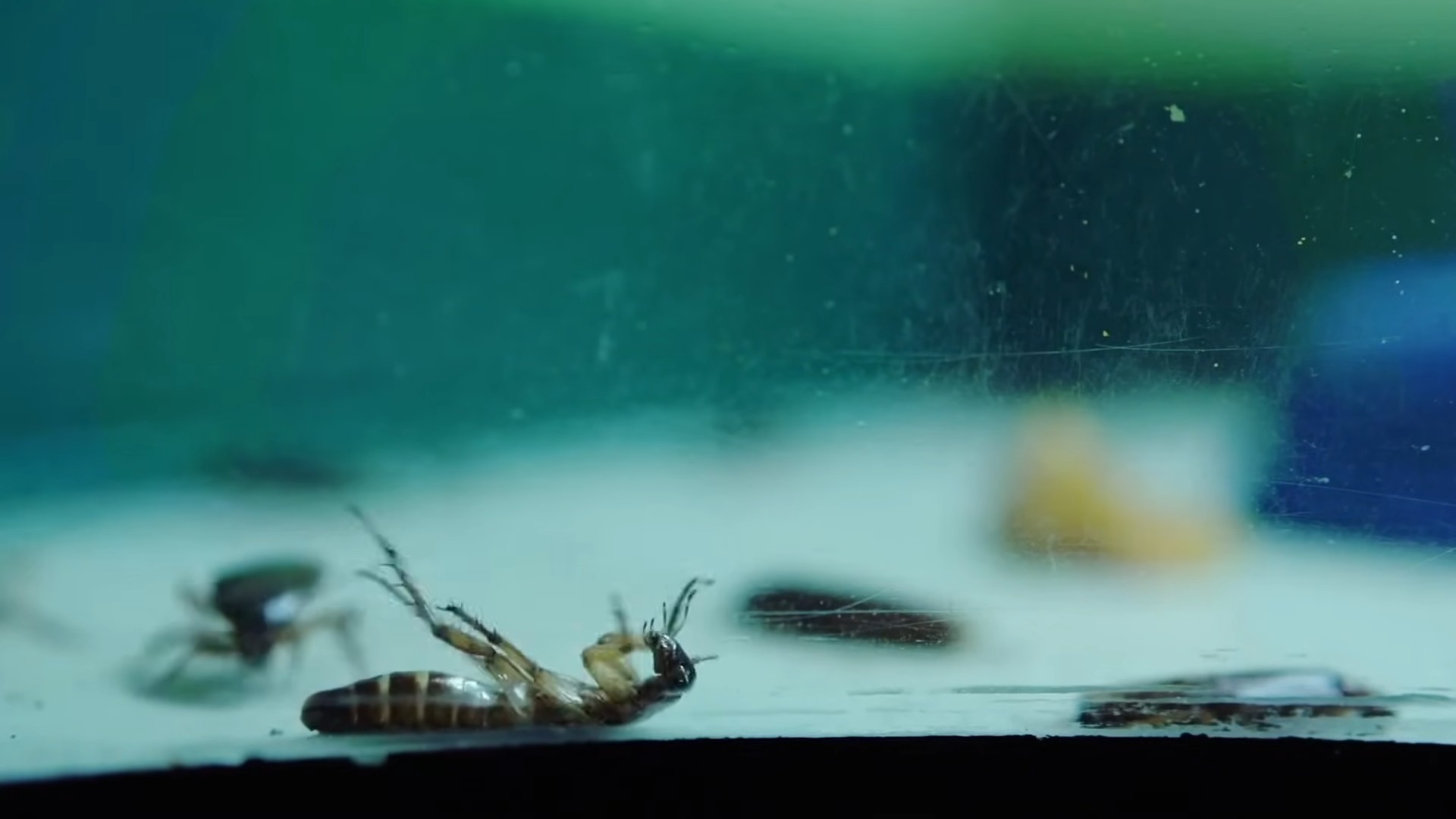
Conclusion
So, there you have it! This DIY pest control method isn’t just a clever trick; it’s a game-changer for anyone battling unwanted critters in their home or garden. We’ve explored a simple, effective, and, most importantly, natural way to reclaim your space without resorting to harsh chemicals that can be harmful to your family, pets, and the environment.
Why is this a must-try? Because it empowers you to take control. You’re no longer reliant on expensive exterminators or products with ingredients you can’t even pronounce. You’re creating a safe and sustainable solution, tailored to your specific needs and the pests you’re facing. Think of the peace of mind knowing you’re protecting your loved ones while effectively managing those pesky invaders.
But the beauty of this DIY approach lies in its adaptability. Feel free to experiment with variations to find what works best for you. For example:
* Essential Oil Power-Up: Add a few drops of peppermint, eucalyptus, or tea tree oil to your solution for an extra boost. These oils are known for their insect-repelling properties and can add a pleasant scent to your home.
* Spice It Up: A pinch of cayenne pepper can deter many pests, especially rodents. Be cautious when using this around pets and children, as it can be irritating.
* Vinegar Variety: Try using apple cider vinegar instead of white vinegar. Some people find it more effective against certain pests.
* Citrus Zest: Infuse your solution with citrus peels (lemon, orange, or grapefruit) for a natural and refreshing scent that many insects dislike.
Remember to always test any new solution in a small, inconspicuous area first to ensure it doesn’t damage surfaces. And, of course, practice common sense safety precautions when handling any ingredients.
Ultimately, this DIY pest control method is about more than just getting rid of bugs; it’s about creating a healthier and more harmonious living environment. It’s about embracing a more sustainable and responsible approach to pest management.
We wholeheartedly encourage you to give this DIY trick a try. You might be surprised at how effective and satisfying it is to create your own pest control solution. And once you’ve experienced the benefits, we’d love to hear about it! Share your experiences, variations, and successes in the comments below. Let’s build a community of DIY pest control experts and help each other create pest-free homes and gardens, naturally! Your insights could be invaluable to others facing similar challenges. Don’t hesitate to share your tips and tricks – let’s learn and grow together!
Frequently Asked Questions (FAQ)
What types of pests does this DIY pest control method work on?
This DIY pest control method can be effective against a variety of common household pests, including ants, spiders, cockroaches, fruit flies, and even some rodents. However, its effectiveness can vary depending on the specific pest and the severity of the infestation. For severe infestations, you may need to combine this DIY approach with other methods or consult with a professional pest control service. The key is consistency and persistence. Regularly applying your chosen solution and addressing potential entry points will significantly improve your chances of success. Remember to identify the specific pest you’re dealing with to tailor your solution accordingly. For example, a solution effective against ants might not be as effective against spiders.
Is this DIY pest control method safe for pets and children?
Generally, yes, this DIY pest control method is safer than using harsh chemical pesticides. However, it’s crucial to use caution and consider the specific ingredients you’re using. For example, while vinegar and baking soda are generally safe, essential oils can be toxic to pets if ingested in large quantities. Similarly, cayenne pepper can be irritating to both pets and children. Always keep your DIY pest control solutions out of reach of children and pets. When applying the solution, ensure the area is well-ventilated and allow it to dry completely before allowing children or pets to access it. If you have any concerns about the safety of a particular ingredient, consult with your veterinarian or pediatrician. It’s always better to err on the side of caution when it comes to the health and safety of your loved ones.
How often should I apply this DIY pest control solution?
The frequency of application depends on the severity of the infestation and the specific pest you’re targeting. For minor infestations, applying the solution once or twice a week may be sufficient. For more severe infestations, you may need to apply it daily for the first few days, then gradually reduce the frequency as the pest population decreases. Pay attention to areas where you see the most pest activity and focus your applications there. Regularly cleaning and decluttering your home can also help to reduce pest populations and the need for frequent applications. Remember that consistency is key. Even after you’ve eliminated the pests, continue to apply the solution periodically as a preventative measure.
What are some common mistakes to avoid when using DIY pest control?
One common mistake is using the wrong solution for the specific pest you’re dealing with. It’s important to identify the pest accurately and research the most effective natural remedies for that particular pest. Another mistake is not addressing the source of the infestation. Simply spraying a solution on the surface will only provide temporary relief. You need to identify and eliminate the source of the problem, such as food sources, water sources, and entry points. Overusing the solution can also be a mistake. While it’s important to apply the solution consistently, using too much can be wasteful and potentially harmful. Follow the instructions carefully and use only the recommended amount. Finally, neglecting to clean and declutter your home can undermine your efforts. Pests thrive in cluttered and dirty environments, so maintaining a clean and organized home is essential for effective pest control.
How long does it take to see results with this DIY pest control method?
The time it takes to see results can vary depending on several factors, including the severity of the infestation, the type of pest, and the consistency of your application. In some cases, you may see a noticeable reduction in pest activity within a few days. In other cases, it may take several weeks to achieve complete control. Be patient and persistent. DIY pest control is often a gradual process, and it may take time to see significant results. Don’t get discouraged if you don’t see immediate results. Continue to apply the solution consistently and address any underlying issues that may be contributing to the infestation. If you’re not seeing any improvement after several weeks, you may need to try a different approach or consult with a professional pest control service.
Can I use this DIY pest control method in my garden?
Yes, this DIY pest control method can be used in your garden to control a variety of common garden pests, such as aphids, spider mites, and caterpillars. However, it’s important to use caution and avoid spraying the solution directly on edible plants, especially if you’re using ingredients like essential oils or cayenne pepper. Instead, focus on spraying the affected areas of the plants and the surrounding soil. You can also use the solution as a preventative measure by spraying it on plants before they become infested. Be sure to test the solution on a small area of the plant first to ensure it doesn’t cause any damage. And always follow the instructions carefully and use only the recommended amount. Remember that a healthy garden is less susceptible to pests, so focus on providing your plants with the proper nutrients, water, and sunlight.


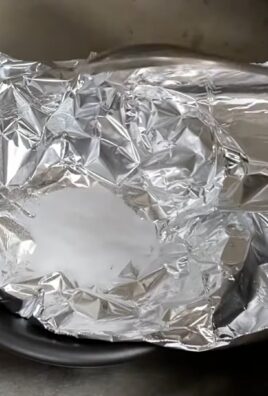
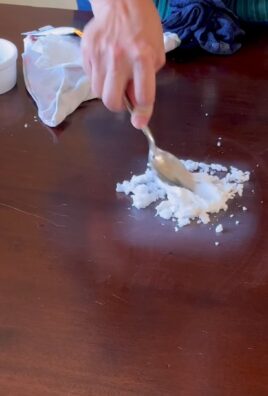
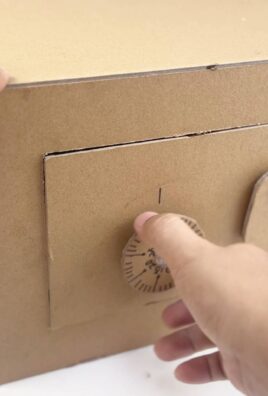
Leave a Comment